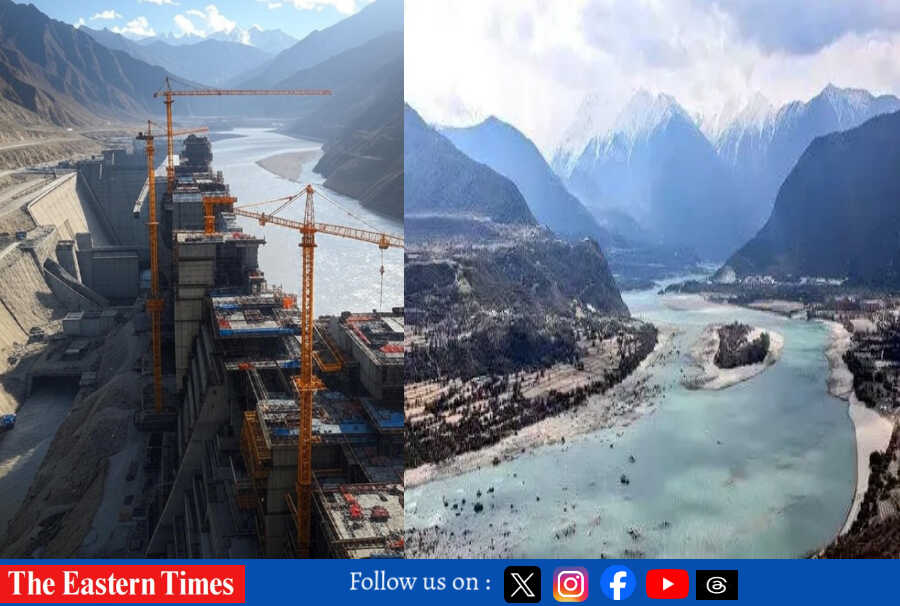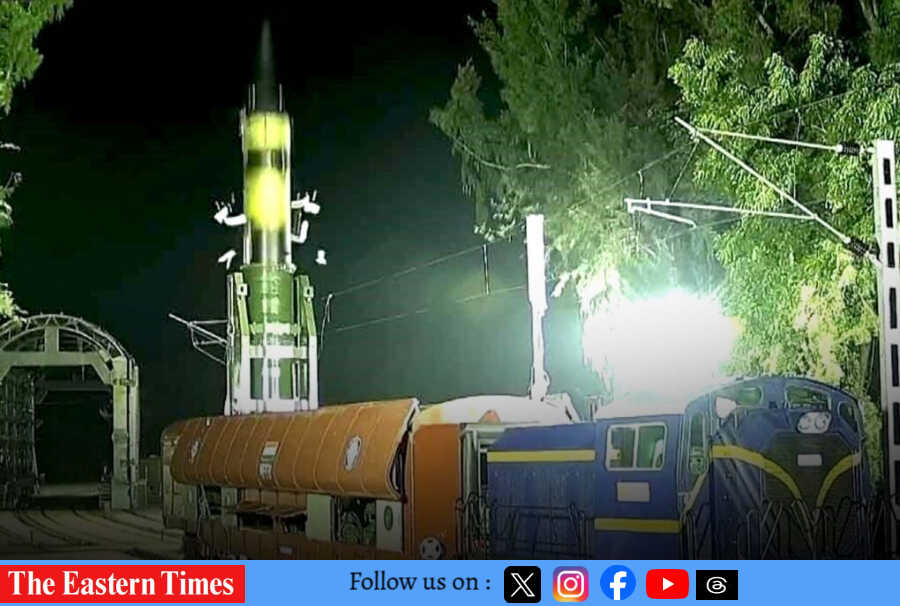Brahmaputra Dam
New Delhi, July 19, 2025 – China’s announcement on July 19, 2025, of the commencement of construction for a USD 167.8 billion hydropower dam on the Yarlung Zangbo River, known as the Brahmaputra in India, has sent alarm bells ringing across New Delhi. Launched by Chinese Premier Li Qiang in Tibet’s Nyingchi City, near the Indian border in Arunachal Pradesh, this colossal project, valued at 1.2 trillion yuan, is set to be the world’s largest dam, with five cascade hydropower stations generating 300 billion kilowatt-hours of electricity annually—nearly three times the output of China’s Three Gorges Dam. For India, a downstream nation heavily reliant on the Brahmaputra, the project raises critical concerns about water security, environmental impacts, and geopolitical tensions.
The Brahmaputra is a lifeline for India’s northeastern states, particularly Arunachal Pradesh and Assam, supporting agriculture, fisheries, and millions of livelihoods. The river’s flow through the Ganges-Brahmaputra-Meghna Delta also sustains Bangladesh, but India’s immediate concerns center on China’s potential to control the river’s flow. Located in a seismically active Himalayan region, the dam could enable China to withhold water during dry seasons or release it during monsoons, potentially causing devastating floods in Assam and Arunachal Pradesh. Indian officials fear this could be used as a geopolitical tool, especially given ongoing border disputes in the region, which China claims as part of its territory.
India’s strategic apprehensions are compounded by the dam’s environmental risks. The Brahmaputra’s sediment flow is vital for maintaining soil fertility in the fertile plains of Assam and the delta. Reduced sediment due to the dam could degrade agricultural productivity, threatening food security for millions. The Himalayan ecosystem, already fragile, faces disruption from altered river flows, endangering biodiversity and increasing risks of landslides and earthquakes in the tectonically sensitive region. Indian experts question China’s claims, reported by Xinhua, that the project prioritizes ecological protection, citing a lack of transparency on environmental assessments and mitigation plans.
In response, India is fast-tracking its own 10-gigawatt hydropower project on the Siang River in Arunachal Pradesh to secure water resources and assert control over the Brahmaputra’s flow before it reaches Bangladesh. However, this move risks further ecological strain downstream, potentially straining ties with Dhaka. Indian policymakers are now grappling with the need for a delicate balance—safeguarding national interests while avoiding downstream harm. The absence of a transboundary water-sharing treaty with China leaves India vulnerable, as Beijing has historically resisted cooperative water management frameworks.
Public sentiment in India, reflected in posts on X, is one of growing unease. Many view the dam as a strategic move to assert dominance over shared resources, with some calling for stronger diplomatic pushback. The Ministry of External Affairs has urged China to share detailed project data and engage in consultations to ensure downstream impacts are minimized. However, China’s track record of unilateral actions on transboundary rivers like the Mekong offers little reassurance.
India is now pressing for international support to address the issue, potentially involving forums like the United Nations to advocate for equitable water-sharing agreements. The Brahmaputra dam underscores the urgent need for New Delhi to bolster its diplomatic and strategic efforts to counter China’s upstream control. As construction progresses, India faces a critical challenge: protecting its water security, preserving its ecosystems, and navigating a complex geopolitical landscape. The dam is not just a Chinese megaproject—it’s a test of India’s resilience and regional influence in a rapidly changing South Asia.
Highlights:
- Project: China’s $167.8B Brahmaputra dam, world’s largest, began July 19, 2025, in Tibet.
- India’s Fears: Water flow control risks floods or scarcity in Assam, Arunachal Pradesh.
- Environmental Impact: Reduced sediment threatens agriculture; seismic risks loom.
- Response: India plans 10GW Siang dam, risking downstream issues.
Connect with us through social media
Facebook:
 https://www.facebook.com/profile.php?id=61577015427068
https://www.facebook.com/profile.php?id=61577015427068X (Twitter):
 https://x.com/times_555
https://x.com/times_555Instagram:
 https://www.instagram.com/the_eastern_times_/?next=%2F&hl=en
https://www.instagram.com/the_eastern_times_/?next=%2F&hl=enMail (Email):
 contact.theeasterntimes@gmail.com
contact.theeasterntimes@gmail.com

















Leave a Reply